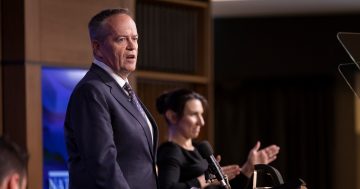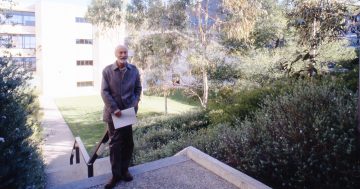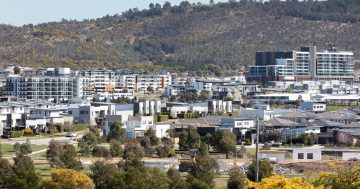Speaking tour on controversial new book on the Australian union movement
Tom Bramble, senior lecturer in industrial relations at the University of Queensland, and a member of Socialist Alternative, will be touring eastern Australia to introduce his new book Trade Unionism in Australia: a History from Flood to Ebb Tide, just published by Cambridge University Press. The book tells the story of trade unionism in Australia between the highpoint of union militancy in the1960s and the state of the movement today.
But the arguments he makes will not be popular with those who run the union movement.
In a series of meetings that address the question “What’s the way forward for the union movement?”, Tom argues that a revival of the fortunes of the union movement depends on a revival of militancy. He goes on to argue that whether this collapses or is sustained will depend on the outcome of sharp debates between those forces trying to rein it in, and those that want to push the process as far as it can be taken.
The book argues that the current union leaders are not likely to pursue changes that challenge their position. Nonetheless, a revival is neither impossible, nor without precedent. At the start of the 20th century, and after the Great Depression, Australian unionism recovered from major setbacks. On both occasions the intervention of organised socialist groups provided the driving force to recruit and rebuild.
Tom Bramble argues that “At the heart of rebuilding membership lies the capacity to organise and struggle. Creating organisations that can rebuild such traditions of militancy is the crucial element in the struggle today to revive Australian unionism”.
Tom will be speaking at meetings sponsored by Socialist Alternative at the following times and places. Copies of the book will also be available at these meetings.
Canberra: 6pm Wednesday 1 October, Room G053, Hayden Allen Building, Australian National University



















